AMD's latest Ryzen AI Max chips probably wouldn't have existed without Apple, an AMD executive has admitted, thanks to the popularity of Apple Silicon.
At CES, AMD introduced Ryzen AI Max chips, an upgraded version of its Ryzen AI architecture with up to 16 CPU cores and up to 40 AMD RDNA 3.5 graphics compute units, and a neural processing unit with up to 50 trillion operations per second.
The chips, offering tons of performance in various ways in one focused component, has considerable echoes to the way Apple Silicon works. During the launch, AMD VP Joe Macri hinted that Apple Silicon helped with getting the product made and out the door, reports Engadget.
An Apple Silicon thing
"Many people in the PC industry said, well, if you want graphics,, it's gotta be discrete graphics because otherwise people will think it's bad graphics," Macri offered.
He continued "What Apple showed was consumers don't care what's inside the box. They actually care about what the box looks like. They care about the screen, the keyboard, the mouse. They care about what it does."
With Apple having a massive success on its hands with Apple Silicon, it allowed Macri to convince upper management to spend a "mind boggling" amount of resources to develop the Ryzen AI Max.
"I always knew, because we were building APUs, and I'd been pushing for this big APU forever, that I could build," Macri enthused. "A system that was smaller, faster, and I could give much higher performance at the same power."
Inspired, but not first
While Macri was complementary about Apple Silicon's success and how it helped convince others that Ryzen AI Max chips were a real possibility, he stops short of giving full credit to Apple.
He insists that AMD was working towards this scenario well ahead of Apple. "We were building APUs while Apple was using discrete GPUs," he crows, referring to chips that combined a CPU with Radeon graphics.
"They [Apple] were using our discrete GPUs. So I don't credit Apple with coming up with the idea," he continued.
Before implementing Apple Silicon, Apple did extensively use AMD Radeon GPUs as discrete graphics options in its MacBook Pro lines.
Apple may have had an interest in creating its own APU at the time AMD was working on the concept. In July 2012, former AMD chip architect John Bruno, who previously contributed to AMD's Trinity APU was spotted on LinkedIn as having become a "System Architect at Apple."
At one point, Apple apparently considered using the original AMD Fusion APU in the Apple TV in 2010, before eventually using its A4 processor.
 Malcolm Owen
Malcolm Owen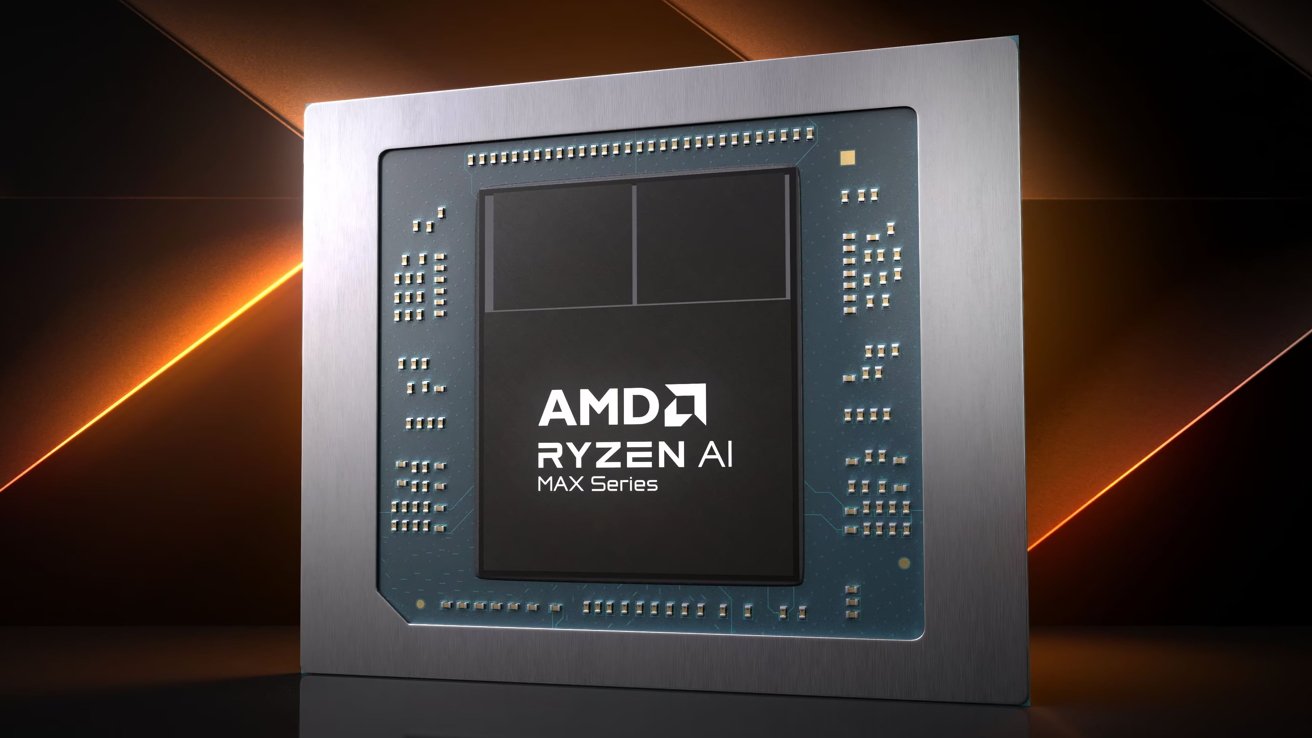






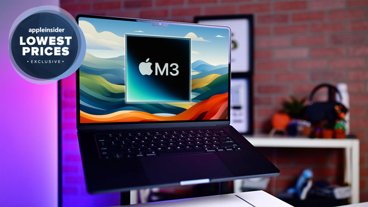
-m.jpg)






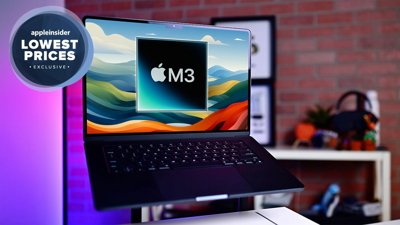
 Christine McKee
Christine McKee

 Sponsored Content
Sponsored Content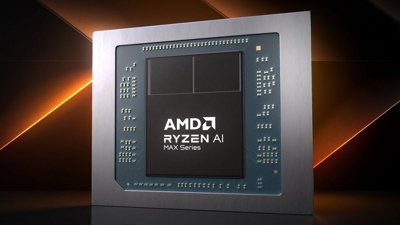



 Wesley Hilliard
Wesley Hilliard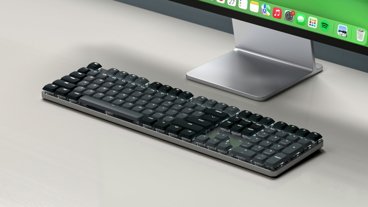









10 Comments
Apple was using integrated graphics with Intel chips long before they moved to Apple Silicon. I even remember people on this board saying that Apple should only use discreet graphics because integrated graphics weren't good blah blah blah. I'm glad that Apple could prove that integrated graphics can have real benefits.
It’s definitely true that AMD has been focused on ‘APUs’ for a long time. It’s the reason they bought ATI.
There isn't anything to crow about here, either from Apple or AMD. Transistor budgets roughly double every 2 years or so. Having more and more dedicated function units added to the "CPU" has been a process that is ongoing for the past 40 years. NPUs are just the latest thing, with a lot of hype. In another time, they'd just be called specialized SIMD units.
And, AMD has a lot of experience putting higher performance GPUs into an SoC. They provided the SoCs for both PS5 and XBox X-series, or in their language, APUs. There's a lot of technical heritage there.
Management likely needs to be convinced to make a high performance x86 APU for PC laptops, though. I'd bet AMD managers are thinking it is crazy to spend a lot of R&D on a high performance APU or SoC in the laptop market. AMD seems to be failing or having a down turn in this market. It's a hyper mature market where the vast majority of laptops are neutered $600 devices that doesn't require much of a GPU at all. They are competing for a pretty small slice with very little margins.
AMD is way way behind in the AI accelerator market. These are like $5000 modules that has been in hyper demand for the past couple of years, and is slated to grow. These are really high margin products. AMD not trying to cut into that market seems like a troublesome path. Those margins will pay for everything else.
LOL.
“Apple silicon is super rad and popular, so let’s say that similar thing we did was ahead of it’s time… because apple used discrete CPUs before snd we sold them to apple. Yeah. Cool. Say that. People will believe it and like us more.”
-recent AMD board meeting.